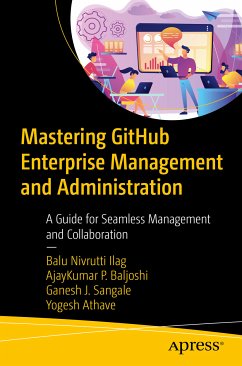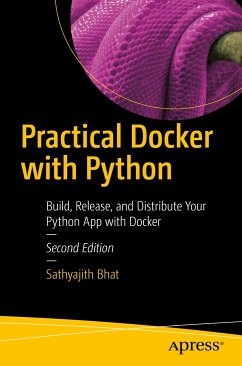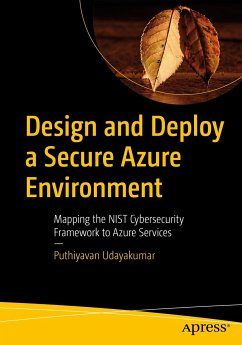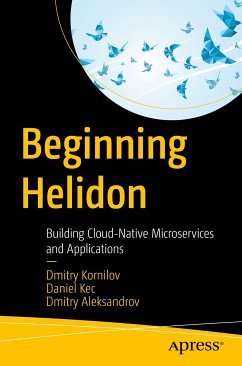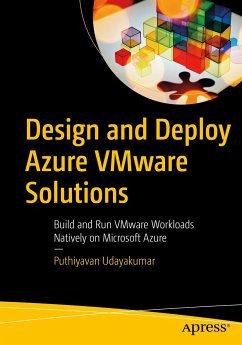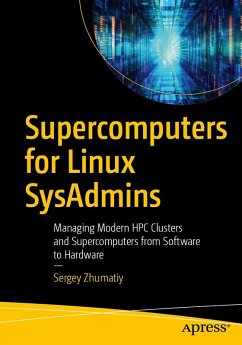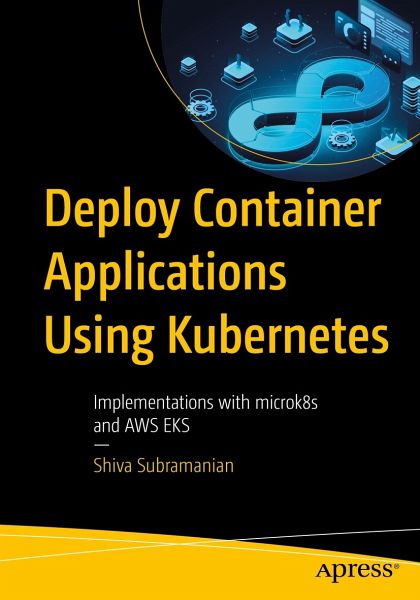
Deploy Container Applications Using Kubernetes (eBook, PDF)
Implementations with microk8s and AWS EKS
Versandkostenfrei!
Sofort per Download lieferbar
43,95 €
inkl. MwSt.
Weitere Ausgaben:

PAYBACK Punkte
22 °P sammeln!
Navigate through the Kubernetes landscape to create and deploy container-based applications. This book will show you how to choose between the various available container-based operating systems, and how to design a better continuous integration pipeline for your container images, where to store them, and how to scan and secure them. In the first half of the book, you'll learn the practical tips on how to setup the system for visibility and troubleshooting, how to reduce the attack vector and reduce risks. The second half of the book focuses on Kubernetes, the popular container orchestration ...
Navigate through the Kubernetes landscape to create and deploy container-based applications. This book will show you how to choose between the various available container-based operating systems, and how to design a better continuous integration pipeline for your container images, where to store them, and how to scan and secure them.
By practicing the scenarios given in this book, you will be able to make better design choices that are appropriate for the constraints you are working with. Deploy Container Applications Using Kubernetes is your go-to resource for an optimal deployment of workloads using containers and Kubernetes in both public and private cloud settings.
What You'll Learn
Who This Book Is For
IT Platform Architects, System Engineers/, and System Administrators
In the first half of the book, you'll learn the practical tips on how to setup the system for visibility and troubleshooting, how to reduce the attack vector and reduce risks. The second half of the book focuses on Kubernetes, the popular container orchestration system. You'll see how to setup your Kubernetes for practical applications such as show/chargeback using tagging, efficient use of namespaces and pods, various isolation layers. It also shows you how to integrate with popular implementations of K8S such as AWS EKS (Elastic Container Service), GCP Google Kubernetes Engine (GKE) in touch points such as authentication and authorization, optimization, logging and troubleshooting tools, etc.
By practicing the scenarios given in this book, you will be able to make better design choices that are appropriate for the constraints you are working with. Deploy Container Applications Using Kubernetes is your go-to resource for an optimal deployment of workloads using containers and Kubernetes in both public and private cloud settings.
What You'll Learn
- Understand the various design choices, their pros and cons
- Build a better CI/CD pipeline for your containers and Kubernetes
- Deploy your first container application in a public cloud K8S engine
- Improve your existing K8S deployment for efficiency and elegance
Who This Book Is For
IT Platform Architects, System Engineers/, and System Administrators
Dieser Download kann aus rechtlichen Gründen nur mit Rechnungsadresse in A, B, BG, CY, CZ, D, DK, EW, E, FIN, F, GR, HR, H, IRL, I, LT, L, LR, M, NL, PL, P, R, S, SLO, SK ausgeliefert werden.



